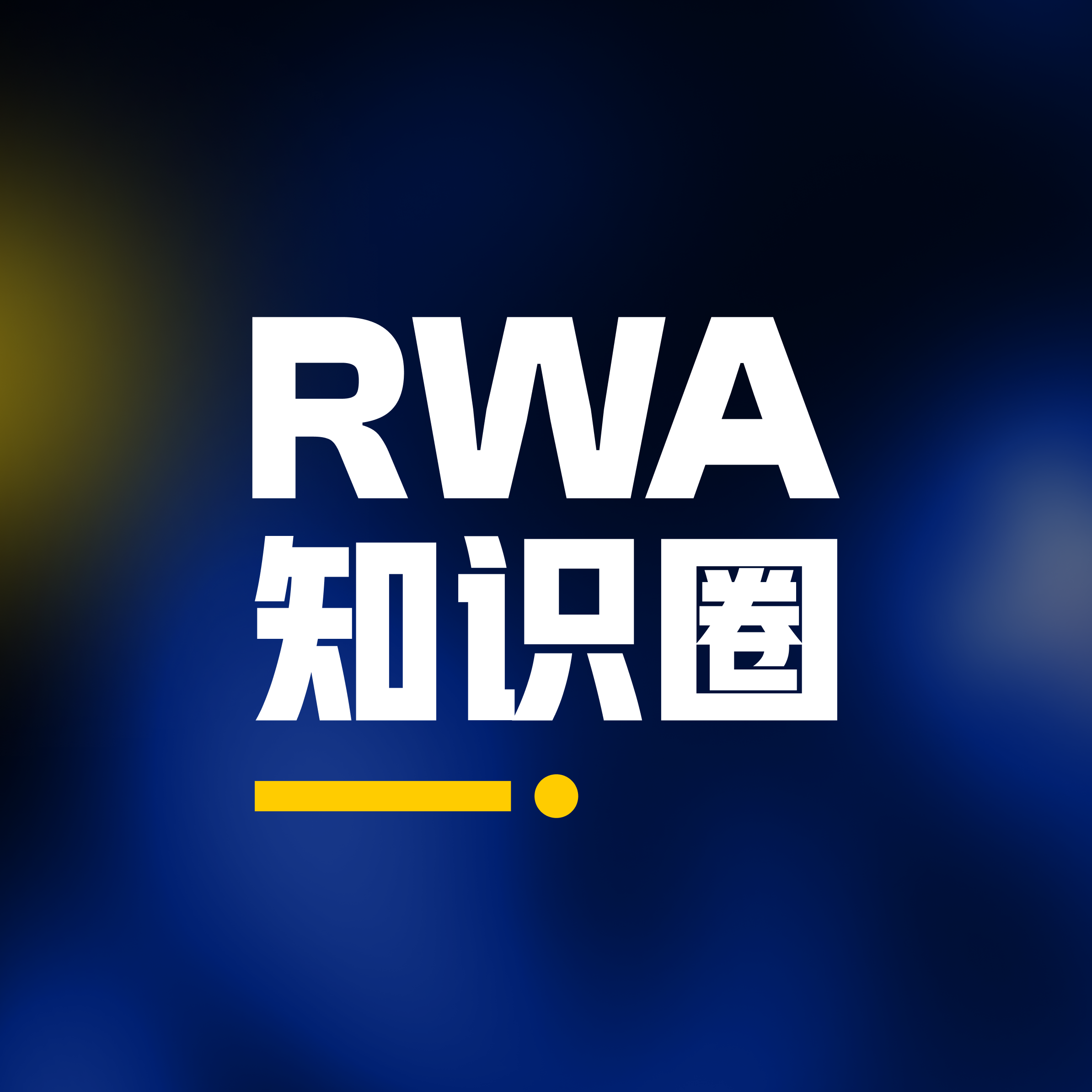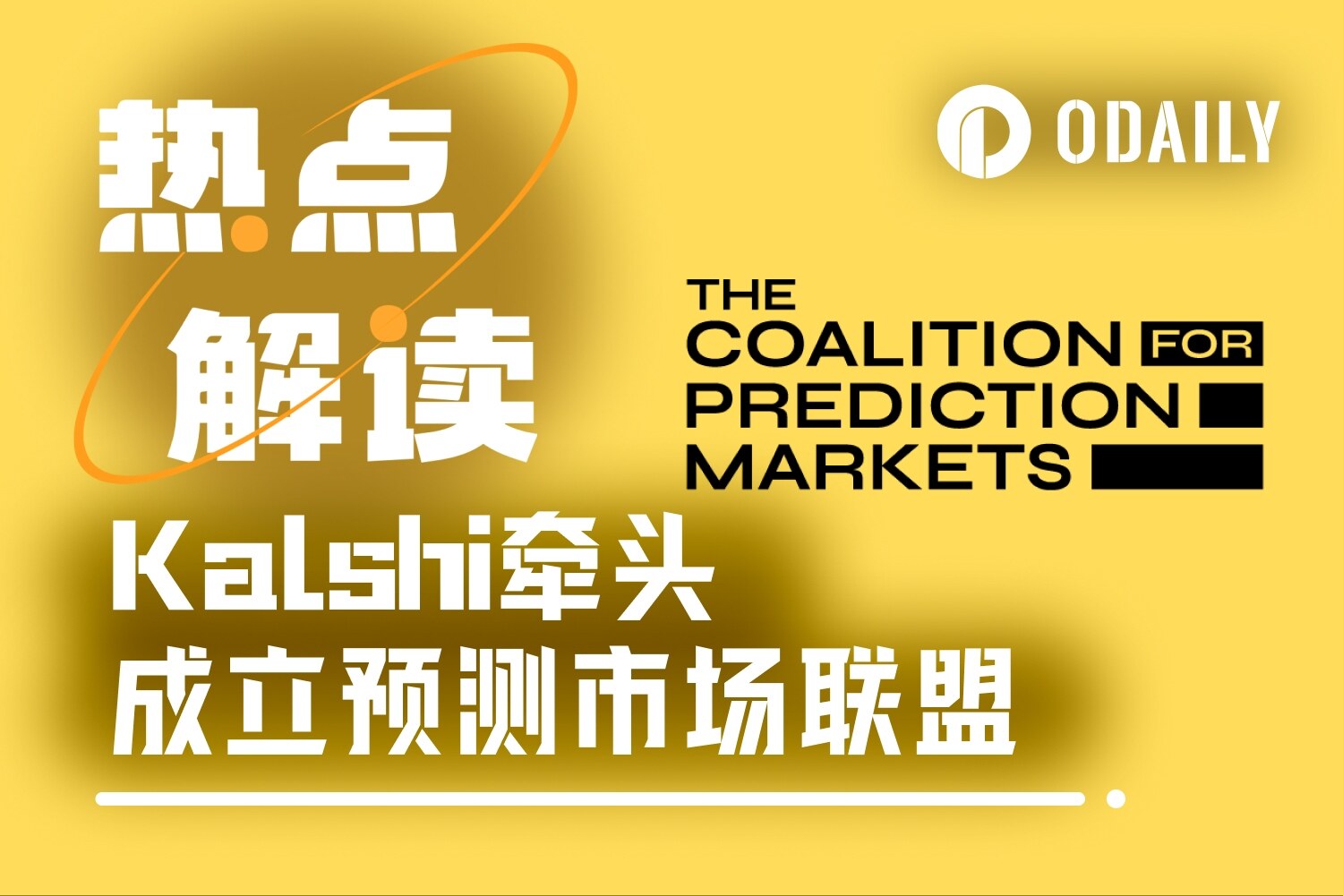Ant and JD.com quickly enter the stablecoin market: Why are giants always three steps ahead?
1. From Tether to Ant JD.com, why has stablecoin become a battleground for giants?
In 2014, Tether issued the world's first stablecoin USDT, when cryptocurrencies were still a niche experiment. Eleven years later, in June 2025, JD.com and Ant Group announced their applications for Hong Kong stablecoin licenses, which shocked the market. This is not a whim - stablecoins have become the core infrastructure in the field of RWA (Real World Assets, tokenization of real assets), especially in cross-border trade, asset liquidity and enterprise-level payment scenarios, and their value is being redefined by the market.
For B-side enterprises, three rigid demands for stablecoins have surfaced:
Cross-border payment reduces costs and increases efficiency: Traditional SWIFT cross-border settlement takes 2-3 days, while blockchain-based stablecoins can be transferred within seconds, reducing fees by more than 70%;
Asset liquidity upgrade: Enterprise chain funds can be disassembled and combined in real time to solve the problem of account period mismatch;
Compliance-based digital asset management: Stablecoins pegged to fiat currencies become the “compliance passport” for enterprises to enter the Web3 world.
2. Battle among giants: Policy sensitivity determines business opportunities
Rome was not built in a day. When many B-side enterprises have not yet realized the commercial potential of stablecoins, technology giants represented by Ant Group have already made early arrangements based on policy evolution. From the development context of Hong Kong's "Stablecoin Regulatory Framework", Ant's actions echo the policy time nodes:
2023: Hong Kong releases the world's first "Stablecoin Regulatory Framework", and Ant immediately starts technical preparation;
April 2025: Ant Financial signed a contract with the Hong Kong government and established its overseas headquarters;
May 2025: Cooperate with HSBC to complete the real-time transfer of tokenized deposits and verify the on-chain settlement capabilities;
June 6, 2025: Hong Kong’s “Stablecoin Ordinance” was announced to take effect on August 1, and Ant announced the first batch of applications for licenses on June 12.
This closed loop of "policy-technology-ecology" demonstrates the logic of stablecoins as the strategic fulcrum of the giants' global financial services. Taking Ant International as an example, its three major businesses, Alipay+ (cross-border payment), Wanlihui (cross-border finance for small and medium-sized enterprises), and Antong (merchant acquiring), are naturally compatible with stablecoins. In 2024, of Ant International's capital flow of more than US$1 trillion, US$300 billion has been processed through blockchain - if half of it is migrated to its own stablecoin system, it will activate US$150 billion in endogenous transaction volume, which is equivalent to recreating a cross-border payment giant.
3. Technological moat: How to support trillion-level enterprise applications
Stablecoins are just the tip of the iceberg of RWA. If we dissect Ant’s technical architecture, we will find that these investments have important implications for companies seeking compliant development:
High-performance transaction engine: Jovay, a Layer 2 blockchain designed specifically for RWA, supports 100,000 TPS and 100 millisecond response, which is a thousand times faster than Ethereum;
Developer ecosystem tool: The open source virtual machine DTVM is compatible with Ethereum and integrates the AI framework SmartCogent, lowering the threshold for enterprise development;
Asset chain infrastructure: "Two chains and one bridge" (AntChain asset chain + cross-chain bridge + Jovay) opens up the tokenization path for trillions of physical assets such as new energy.
The advancement of blockchain technology marks the entry of RWA into the era of "millisecond-level trusted transactions" - enterprises can complete complex operations such as bulk energy transactions and supply chain finance on the chain, and stablecoins will become the "blood" of these scenarios.
4. Breakthrough for SMEs: Golden opportunities still exist in the RWA track
When giants such as Ant, JD.com, and Amazon seize the high ground, do small and medium-sized enterprises have no chance? Absolutely not! The core value of RWA lies in diversified asset types and scenarios
Fragmentation:
New energy, supply chain bills, real estate and other sub-sectors are still blue oceans;
Scenarios such as regional trade and vertical industry settlement require customized stablecoin solutions.
However, SMEs need to overcome three major hurdles:
License compliance: It takes 6-8 months to apply for a license in Hong Kong and other places, involving legal structure and reserve fund audit;
Technical architecture: The development costs of on-chain issuance, custody, cross-chain docking, etc. exceed one million US dollars;
Ecosystem expansion: resource integration challenges such as liquidity pool construction and merchant access.
Professional institutions are becoming the key driving force for breaking the deadlock and can provide full-cycle support for small and medium-sized enterprises: from the design of license compliance paths from Hong Kong MAS to Singapore MAS, to lightweight development frameworks based on open source tools such as DTVM; from tokenization services connected to custodians such as banks, to precise ecological diversion in cross-border e-commerce scenarios, forming a closed-loop solution covering licenses, technology, capital, and markets.
5. Stablecoins are the "digital infrastructure revolution" of B-side finance
From the heavy deployment of giants to the penetration of small and medium-sized enterprise scenarios, stablecoins are upgrading from "cryptocurrency tools" to enterprise-level financial operating systems. With the entry into force of the Hong Kong Stablecoin Ordinance in August, Chinese companies will usher in a new round of "licensed competition". For small and medium-sized enterprises, through systematic knowledge empowerment and resource docking to achieve the trinity of "compliance + technology + ecology", there is every opportunity to share dividends in scenarios such as cross-border trade and vertical industry chain finance - after all, the future of the digital economy has never been a one-man show for giants.



